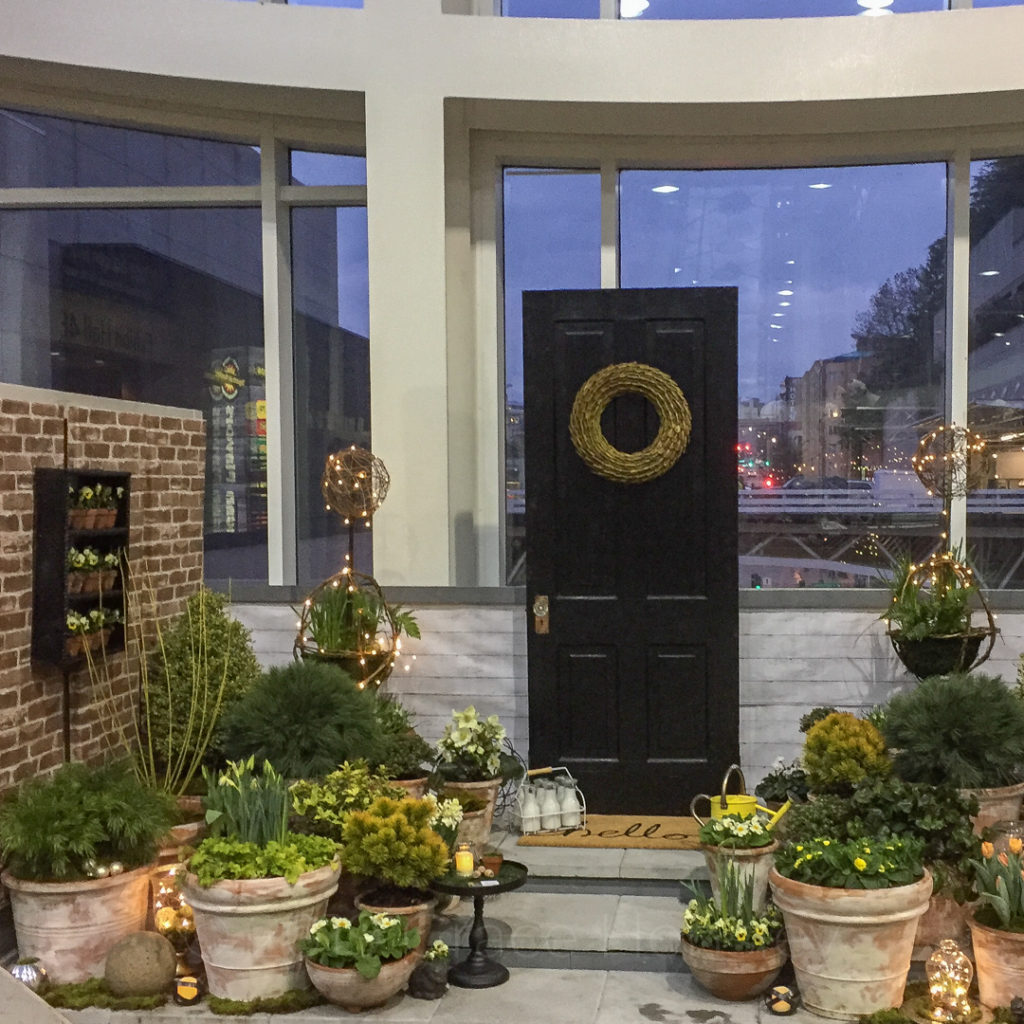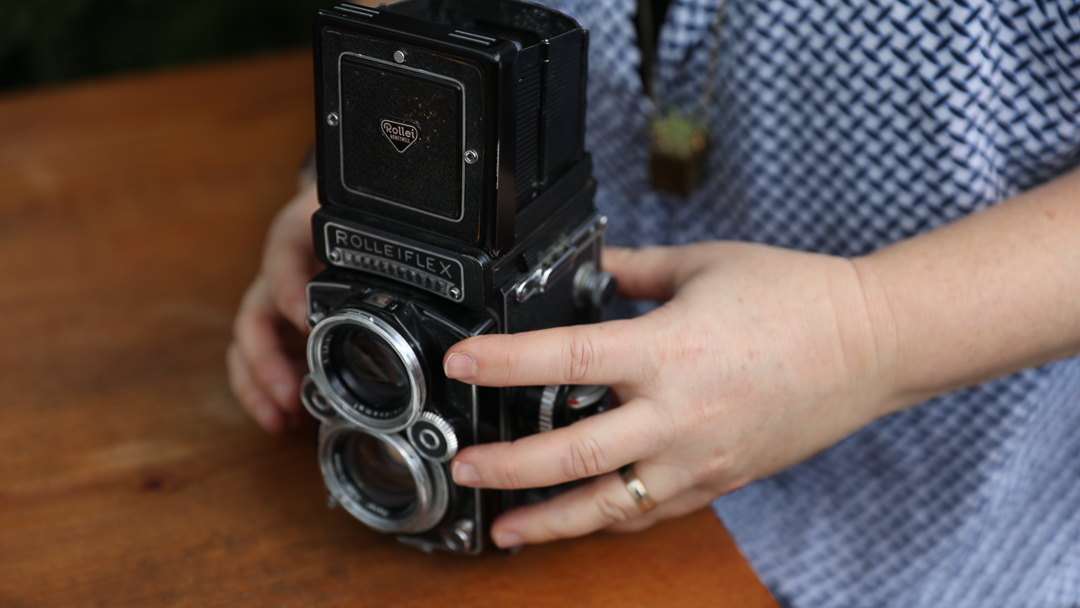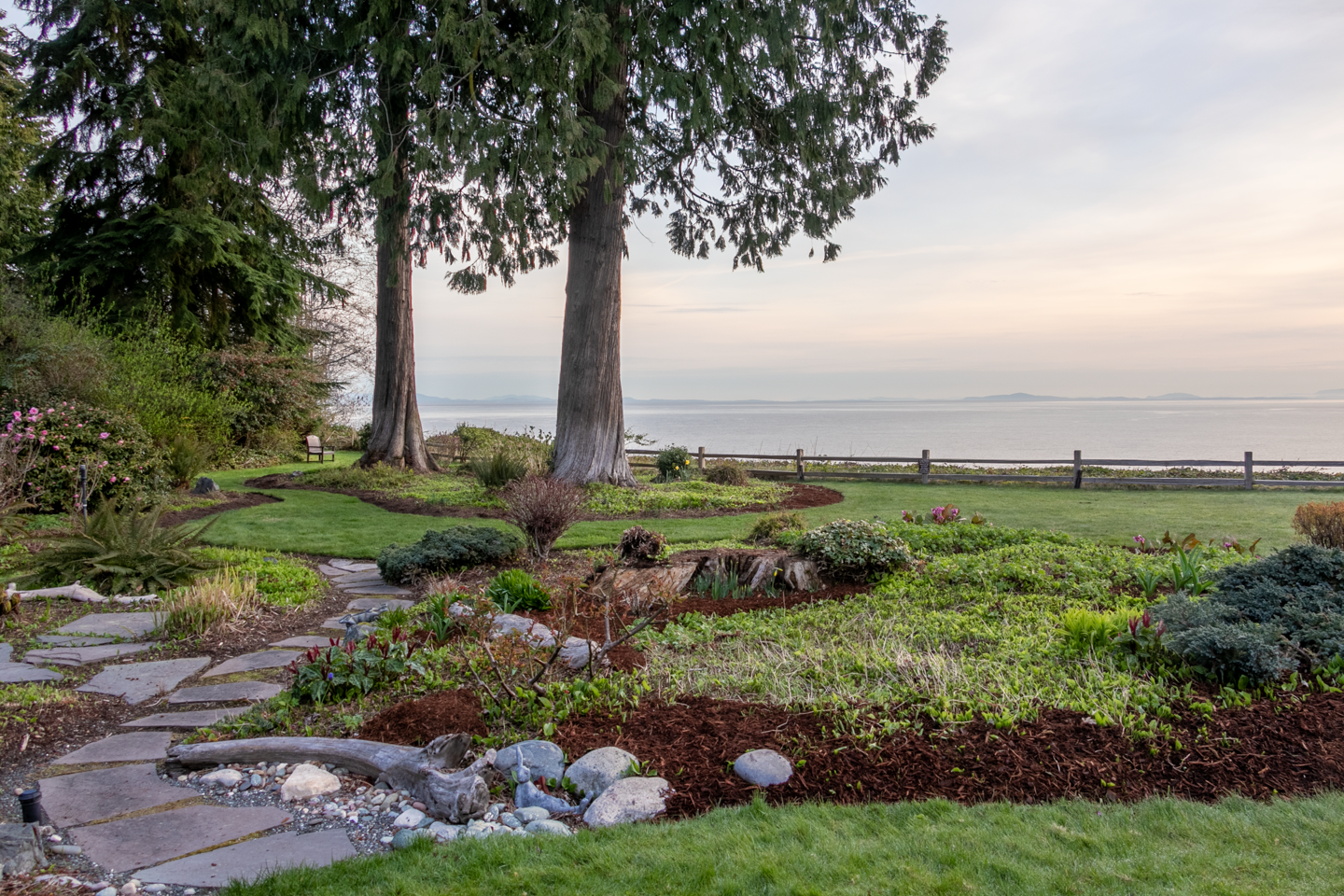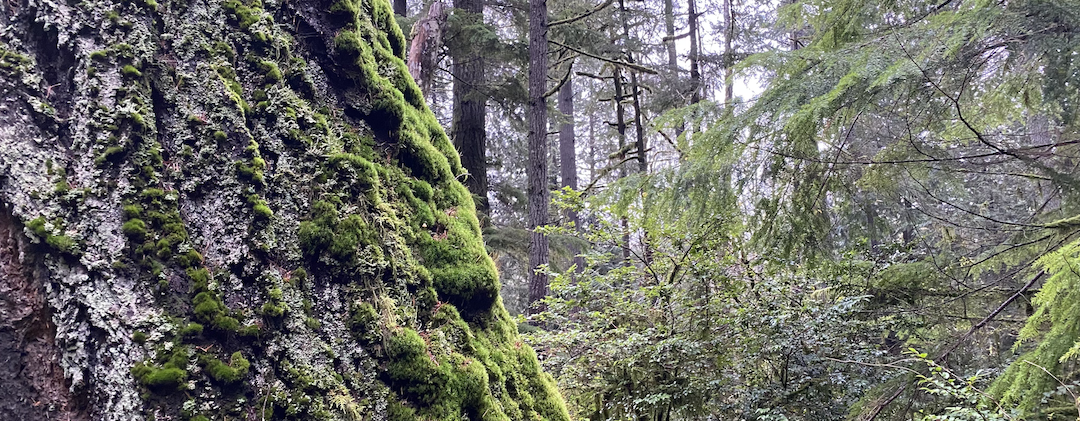Flower Shows are about Ideas
The bigger the better – the main show gardens should be packed with new plants, take-home ideas, and leave you with a sense of wonder. This year in the NW Flower and Garden Show, we saw majestic mountains with planting crevices, contemplative gardens where one might write poetry, eco-friendly gardens, sophisticated entertainment gardens, ones that make you think, and pure whimsy.

With my Krukker Have display, I wanted to showcase a few unique points about container gardening that you don’t usually see in the magazines, and hope that my display gets you thinking about new ways to enjoy plants in whatever size garden you have.
Plant-Driven Design
People garden for many reasons. A sanctuary from a busy life, a place to entertain, somewhere to grow food or save the bees. For a nerd like me, it’s always been about the plants. Because our show is in February and little else other than Hellebores and bulbs are in bloom, I wanted to showcase shrubs to highlight their winter color and texture, and supplement with “boring petunias and pansies”.
How do you make petunias less pedestrian? How about planting them en masse, because more is better. This planting technique is called Monoculture Garden Design, in which you plant one type of plant per pot, and then arrange and rearrange your pots to create your garden display. Monoculture container design is not the same thing as monocropping in farming with its associated problems with pests. We’re talking about a few containers, not acres of grain. You’ll see some great examples by designers Karolina Brising in Sweden and Claus Dalby in Denmark, both sources for the inspiration of my design.

I imagine that people who have very small gardens, like on houseboats or tiny condos, shouldn’t practice a monoculture planting technique – there isn’t much room to swap out the tired container to behind the garage and bring forward the bulbs you planted last fall. And pots are heavy to move, especially these white-washed terracotta ones. However, if you actively garden, and have an efficient composting system or friends with more space, I think that the plant rotation system could work quite well. Just choose shrubs that perform well over four seasons, and be aggressive with rotating your annuals.
This technique would also work quite well for bulb enthusiasts and alpine-garden geeks, so you can bring the tiny plants forward to enjoy them at their peak. I’m looking forward to making some hypertufa containers this spring to try it some more.
Playing with Color
When you plant in monoculture collections, you also get to play with color. I could have chosen a red and white palette to copy the Danish Flag, choosing instead of Cornus alba ‘Bud’s Yellow’, the red-stemmed Cornus alba ‘Siberica’ as the foundation. I would have substituted my Goshiki with Drimys Lanceolata to highlight its gorgeous red stems. Switch out the gold or orange tulips for red ones, and pile on the red pansies and petunias, and you’ld have a totally different look. By planting just one type of plant or bulb per container, it’s really easy to change things by swapping pots instead of tearing the whole planted display apart.
The shrubs I chose included the blue forms of Pinus strobus ‘Blue Shag’, the vivid winter color of Pinus mugo Carsten’s Wintergold’ , and the lighter variegation of Osmanthus heterophyllus ‘Goshiki’. I wanted to add the common Juniperus squamata ‘Blue Star’ but the two specimens I bought at two different times didn’t match in color precisely. All of these do well in pots for many years, and when planted in the garden, won’t get HUGE. Although the Goshiki will eventually top 5′, the others will retain their smaller, rounded shapes and are ideal for small gardens.

Front Door Decor
I’m not really big on garden art and tarting up one’s front porch with February Hearts, March Leprechauns, and April Bunnies, celebrating every Hallmark Holiday with gooey effusiveness. But a few well-selected items provide some mental stimulation.
I’m still in my sphere phase, and obsess over choosing plants with a naturally compact spherical shape because I really don’t want an added pruning chore every couple of months. To complement this form, I wanted to add some stone balls. They are extraordinarily expensive to ship, so I made my own with a combination of concrete and perlite. I tried a few different recipes with coir that didn’t work out, so only one of the spheres made it into the show.
In Scandinavian countries, where winter nights are long, twinkle-lights are used to brighten dark corners, and dinner tables. I obtained a few silver plates and clear vases from the thrift store. A tiny pot under a vase, encircled with battery-operated twinkle-lights and a foundation of moss, made a very inexpensive cloche and excellent table decor.
Those tiny terracotta pots I acquired off of eBay, as old nursery seed-starting pots, but you should still be able to find your own if you look at antique stores. They are quite tricky to use for seedlings because they dry out so quickly. However, they were the perfect size to use in a mass-grouping on the windowsill and in the bulb-theatre. Because once again, more is better.
And I couldn’t help myself, and added a tiny squirrel doorstop and a cute iron bunny. But I draw my line at leprechauns.












5 Responses
I’ve been following your show work here and it’s really fabulous! I love what you were able to achieve via thrift – and all that work done on your own! Congratulations on a great look and thanks for sharing it. I, too, love the ‘Dalby Look’ of monoculture container planting – but I am doing it in fiberglass pots because my shoulder says NO! to hauling those terracotta pots around anymore, even with a dolly. I’ve approximated the look of patinaed terracotta and it’s not perfect but I kinda like it! Like most crazed gardeners in Zone 5 (and below) there isn’t much to do yet – we don’t even have hellebores or bulbs to keep us sane right now – so I’m planning NEXT year’s containers! Sometimes I think the planning is almost as much fun as the end result!
Thank you so much! I did get some help for install/tear-down … it would have been so exhausting on my own since we only had the day before and after for setup. At home, at least, I can take a few days to unload everything. Fiberglass and fiber-resin pots are wonderful; I almost chose a zinc look like Karolina’s, but I live in a log cabin and if I don’t sell these pots, they gotta look good here too!